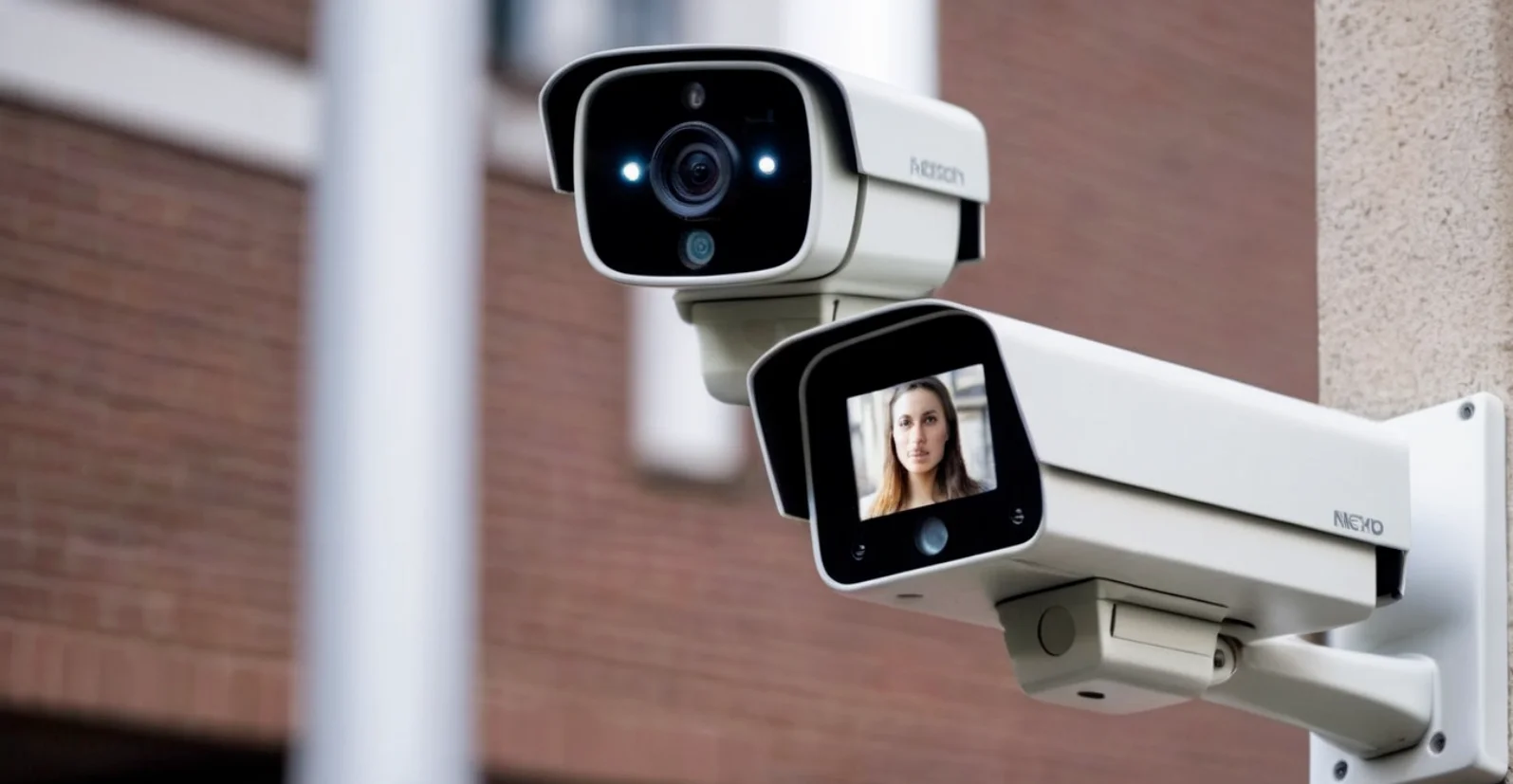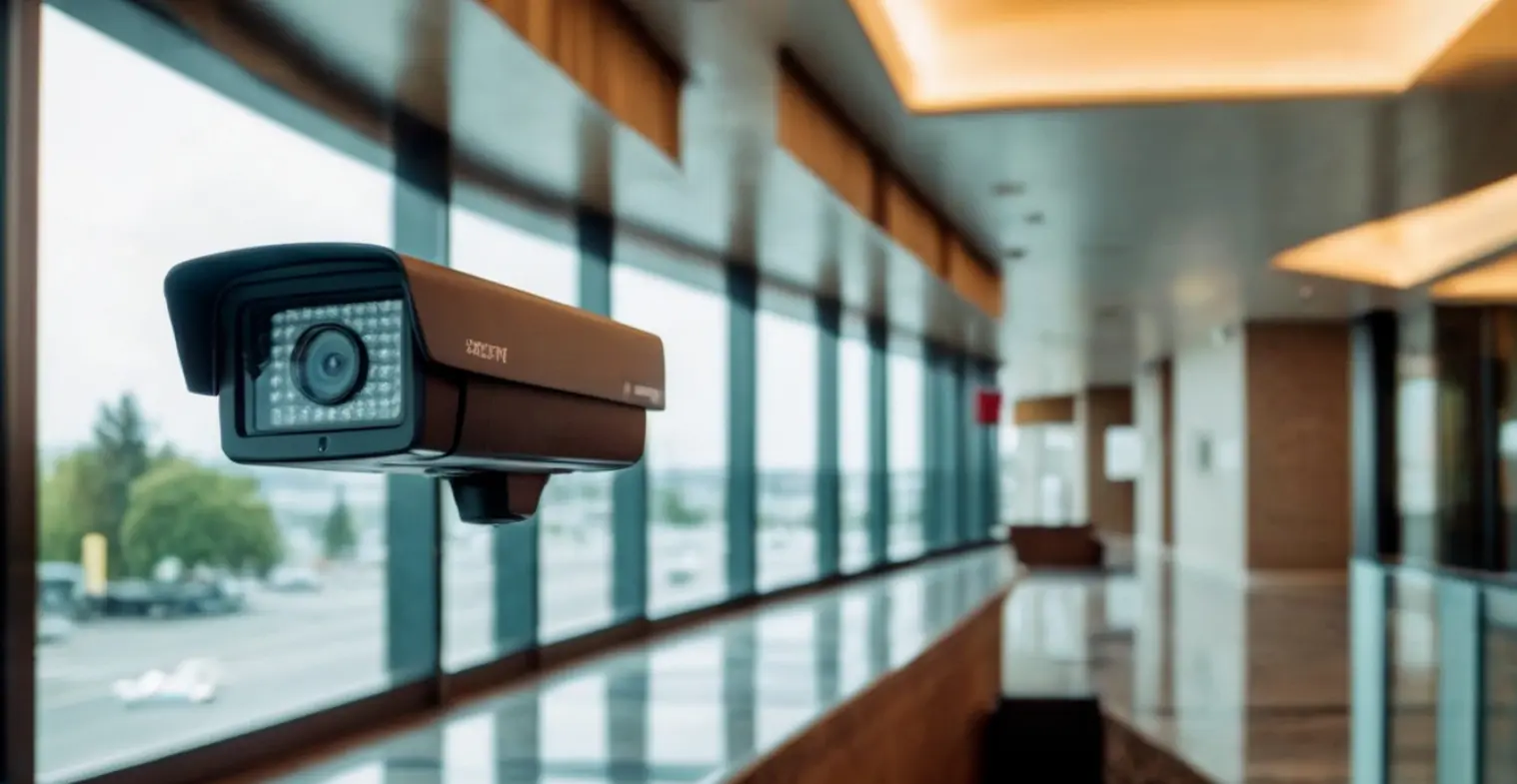Installing security cameras is a crucial step for any hotel to protect the safety and security of guests. However, camera placement is just as important as the cameras themselves. Where cameras are positioned can directly impact how effectively they deter criminal activity and help staff respond to emergencies. In this article, we will explore the best practices for security camera placement in hotels based on law enforcement statistics and expert recommendations.
Front Entrance and Lobby
The front entrance and lobby area are obvious hotspots for camera coverage. According to statistics, around 34% of burglars will enter through the front door of a home. The same principle applies to hotels – the front entrance is one of the most common points of entry for potential threats. For this reason, it is important to have multiple cameras covering all angles of the front doors and lobby from the moment a guest walks in.
Placement tips: Mount cameras above the front doors at eye level for clear facial shots. Additional cameras should cover the check-in counter and surrounding lobby space. Place cameras back from the doors to avoid glare but close enough to capture details like faces and license plates.
Hallways and Stairwells
After the front entrance, hotel hallways and stairwells see high traffic and are vulnerable spots for crimes like theft, assault or vandalism to take place unseen. Equipping these areas with cameras allows staff to monitor for suspicious activity and track who accessed guest rooms if issues arise.
Placement tips: Place cameras in hallways facing both directions at regular intervals. Mount additional cameras inside stairwells facing up and down the stairs. Consider motion-activated lighting in stairwells to support night vision camera capabilities.
Back Entrances and Service Areas
While less visible than the front, back entrances and service areas still pose risks if not properly secured. Statistics show around 22% of thieves will target back doors, loading docks and other rear access points where they have a lower chance of being seen.
Placement tips: Cover all back exits, delivery doors and service corridors with cameras. Mount cameras above back doors at eye level for facial capture. Place additional covert cameras in dumpster areas or other blind spots criminals may use for quick escapes.
Guest Room Floors
Providing camera coverage on guest room floors is tricky to balance security needs with privacy laws. Most experts recommend against placing cameras in hallways immediately outside individual rooms. However, monitoring floor fire escapes, exits and elevators is advisable.
Placement tips: Place cameras facing inside fire exits, stairwell landings and elevator vestibules rather than directly into guest room areas. Consider motion-activated lighting in stairwells or exits to support camera night vision without intruding on privacy.
Valuable Areas
Statistics show burglars often target areas containing valuable items like TVs, appliances, and electronics in homes. The same principle applies to hotels – valuable areas present increased security risks.
Placement tips: Cover hotel business centers, storage closets, maintenance areas and linen/supply rooms with cameras even if they see less traffic. Mount cameras inside but focused out of equipment, supply and business rooms for internal monitoring without compromising guest privacy.

In addition to strategically selecting camera locations, properly installing and positioning cameras is also key to an effective security system. Here are some additional factors to keep in mind:
Visibility and Deterrance
Visibly mounted cameras act as visual deterrents against crime but run the risk of tampering. Covert placement hides cameras but removes the deterrent factor. Consider a balance of visible and subtle cameras tailored to your property’s needs.
Lighting and Glare
Provide adequate lighting fornight vision while avoiding backlighting or glare that obscures camera views. Indoor cameras especially needprotection from glare near windows.
Field of View
Tight camera angles may miss activity while too wide a view reduces imagedetail. Achieve optimal coverage without comprised image quality.
Access and Security
Mount cameras high and out of reach or behind protective casings.Consider strategically placed dummy cameras as decoys.
Privacy Compliance
Never point cameras at areas where individuals have a reasonableexpectation of privacy like guest rooms or bathrooms. Consult local lawsregarding audio recording, signage and storage of surveillance footage.
Placement Mapping
Creating a detailed placement map indicates how cameras will interact andoverlap coverage zones. Test run cameras before finalizing installations.
With strategic placement guided by statistics and regulations, hotels stand to gain heightened protection through optimized security camera systems. By understanding where risks exist and maximizing visibility without comprising privacy, properties can boost safety for guests and staff alike through well-designed surveillance measures. With diligent planning and installation, security cameras become a powerful deterrent and investigative tool for any hospitality operation.

